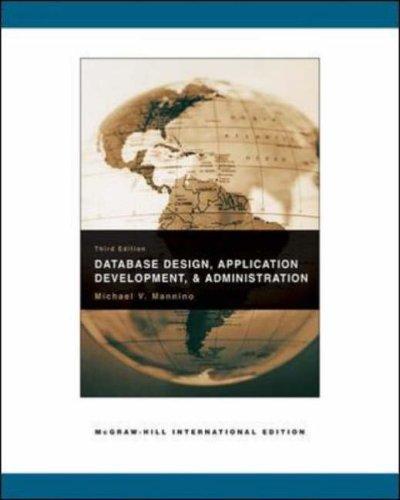Answered step by step
Verified Expert Solution
Question
1 Approved Answer
Manhattan distance is not an admissible heuristic for the problem of moving a rook from square A to square B in the smallest number of
Manhattan distance is not an admissible heuristic for the problem of moving a rook from square A to square B in the smallest number of moves, given the rook's movement restrictions.
Here's why:
Admissible Heuristic:
A heuristic is considered admissible if it never overestimates the true cost number of moves in this case to reach the goal state from any given state.
It always underestimates or equals the actual cost.
Manhattan Distance:
Manhattan distance calculates the distance between two points on a grid as the sum of the absolute differences of their horizontal and vertical coordinates.
Rook's Movement:
A rook can move any number of squares vertically or horizontally, but it cannot jump over other pieces.
The Problem:
Manhattan distance can overestimate the number of moves required for a rook when other pieces are present.
It assumes unobstructed movement, ignoring potential blockages.
Example:
Consider a rook at square A and the goal at square B
Manhattan distance
However, if a piece blocks the direct path, the rook might require more moves to navigate around it making the true cost greater than
Admissible Alternative:
A more appropriate heuristic would account for potential obstacles and consider the rook's movement constraints:
Count the minimum number of horizontal and vertical moves required to reach the goal, ignoring obstacles.
This heuristic never overestimates the true cost, making it admissible.
Step by Step Solution
There are 3 Steps involved in it
Step: 1

Get Instant Access to Expert-Tailored Solutions
See step-by-step solutions with expert insights and AI powered tools for academic success
Step: 2

Step: 3

Ace Your Homework with AI
Get the answers you need in no time with our AI-driven, step-by-step assistance
Get Started


